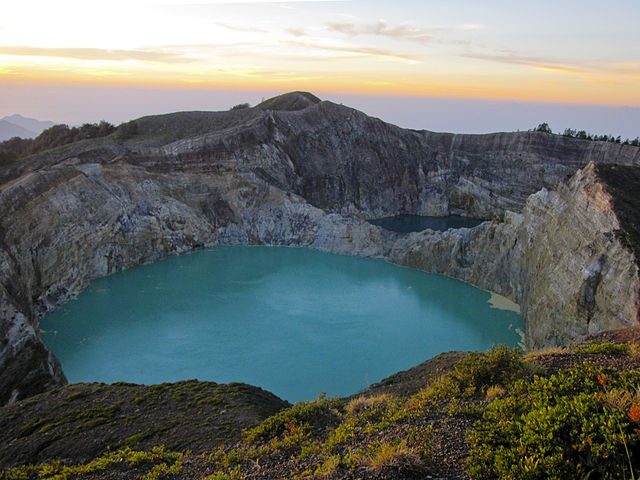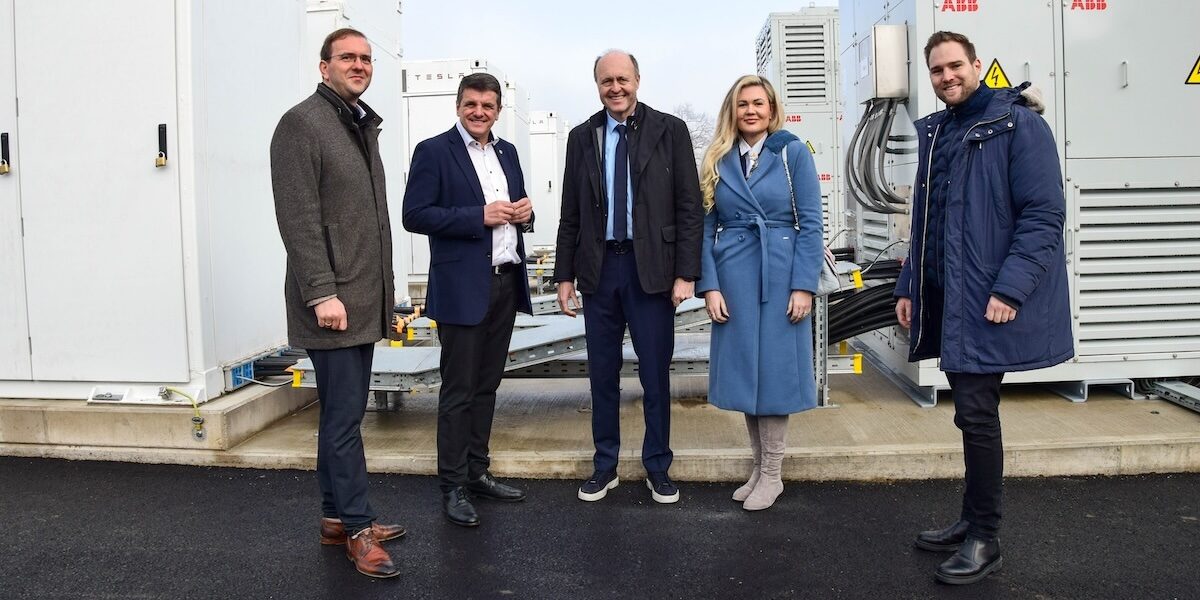“International financing institutions’ interest in the energy sector is no longer limited to assisting the countries to expand their centralized generation facilities, but also to support distributed renewable energy development,” write Bhuwneshwar Prasad Sah and Priyantha Wijayatunga in an ADB report that advocates the use of decision support systems, backed by geographic information systems (GIS), to plan solar, wind, biomass, hydropower and geothermal projects.
The researchers used Bali as a test case for a GIS-based decision support system they had developed. The team — which included officials from Indonesia’s Ministry of Energy and Mineral Resources, the World Resources Institute and the University of Tokyo — used QGIS, an open-source GIS software platform, in addition to a geographic resources analysis support system. They concluded that the Indonesian island offers “sufficient” potential to deploy renewables, based on the spatial distribution of its renewable resources, which were mapped with a GIS platform.
Renewables generation potential ranges widely across the island from 300 GWh per year to 12,000 GWh per year. In the island’s main city, Denpasar, there is “huge potential” to install more solar on rooftops, the ADB said, pointing to warehouses, factories, schools, public buildings and other structures with concrete rooftops.
The researchers also said that Buleleng — a regency that spans most of Bali’s northern coastline — as well as Klungklung district in the island’s southeastern corner, offer the greatest technical potential for solar development. They have estimated that these in two regions alone — where thousands of people lack reliable access to electricity — solar panels could generate 59,000 GWh per year.
Annual solar irradiance in Bali ranges from 1,490 kWh to 1,776 kWh per square meter, the ADB found, noting that in Europe, yearly solar radiation levels can be as low as 900 kWh per square meter for a location to be considered suitable for solar development. “(This) is a clear indication that Bali has the potential for commercially viable solar energy projects,” the ADB researchers said.
“However, without proper policy and market intervention, it would be difficult to harness this potential,” the researchers said. They believe that a geo-enabled decision support system can be used to effectively choose the right mix of renewable-energy technologies in a defined region. Such technologies can be used to assess spatial distribution at the village level to plan small projects such as rooftop solar arrays and PV-powered minigrids and microgrids.
The report concluded that solar offers the greatest potential to meet Bali’s energy needs, followed by biomass. “However, it is important to recognize that large storage is needed if all the demand is met by solar energy,” the researchers said. “Although solar energy exhibits (the) best potential, policymakers can easily arrive at a proper mix of solar and biomass.”
Despite its potential, solar development in Bali and the rest of Indonesia is still in its early stages. The ADB report notes that the country lags far behind its neighbours in deploying clean energy. Its cumulative installed solar capacity spiked to roughly 80 MW at the end of 2016, from just 9 MW a year earlier, according to the International Renewable Energy Association (IRENA). By contrast, cumulative installed PV capacity had reached roughly 765 MW in the Philippines by the end of last December. Renewables — including solar, wind, biomass, hydropower and geothermal sources — collectively accounted for just 11.9% of Indonesia’s total energy mix in 2015, the ADB researchers said.
Indonesia aims to install 6.5 GW of solar and 45 GW of renewables by 2025. In August 2016, the government introduced a first-come, first-served feed-in tariff for qualified PV developers. However, it has followed this plan with a series of additional regulations and the government’s precise plans for solar remain unclear. Several developers have responded to the lack of policy clarity by directly negotiating power purchase agreements with state utility PT PLN (Persero). In March, six local developers signed agreements with PLN to build 45 MW of solar projects throughout the Southeast Asian nation. And earlier this month, Singapore-based developer Equis Energy signed deals with PLN to build 42 MW of solar capacity in the country.
This content is protected by copyright and may not be reused. If you want to cooperate with us and would like to reuse some of our content, please contact: editors@pv-magazine.com.



By submitting this form you agree to pv magazine using your data for the purposes of publishing your comment.
Your personal data will only be disclosed or otherwise transmitted to third parties for the purposes of spam filtering or if this is necessary for technical maintenance of the website. Any other transfer to third parties will not take place unless this is justified on the basis of applicable data protection regulations or if pv magazine is legally obliged to do so.
You may revoke this consent at any time with effect for the future, in which case your personal data will be deleted immediately. Otherwise, your data will be deleted if pv magazine has processed your request or the purpose of data storage is fulfilled.
Further information on data privacy can be found in our Data Protection Policy.